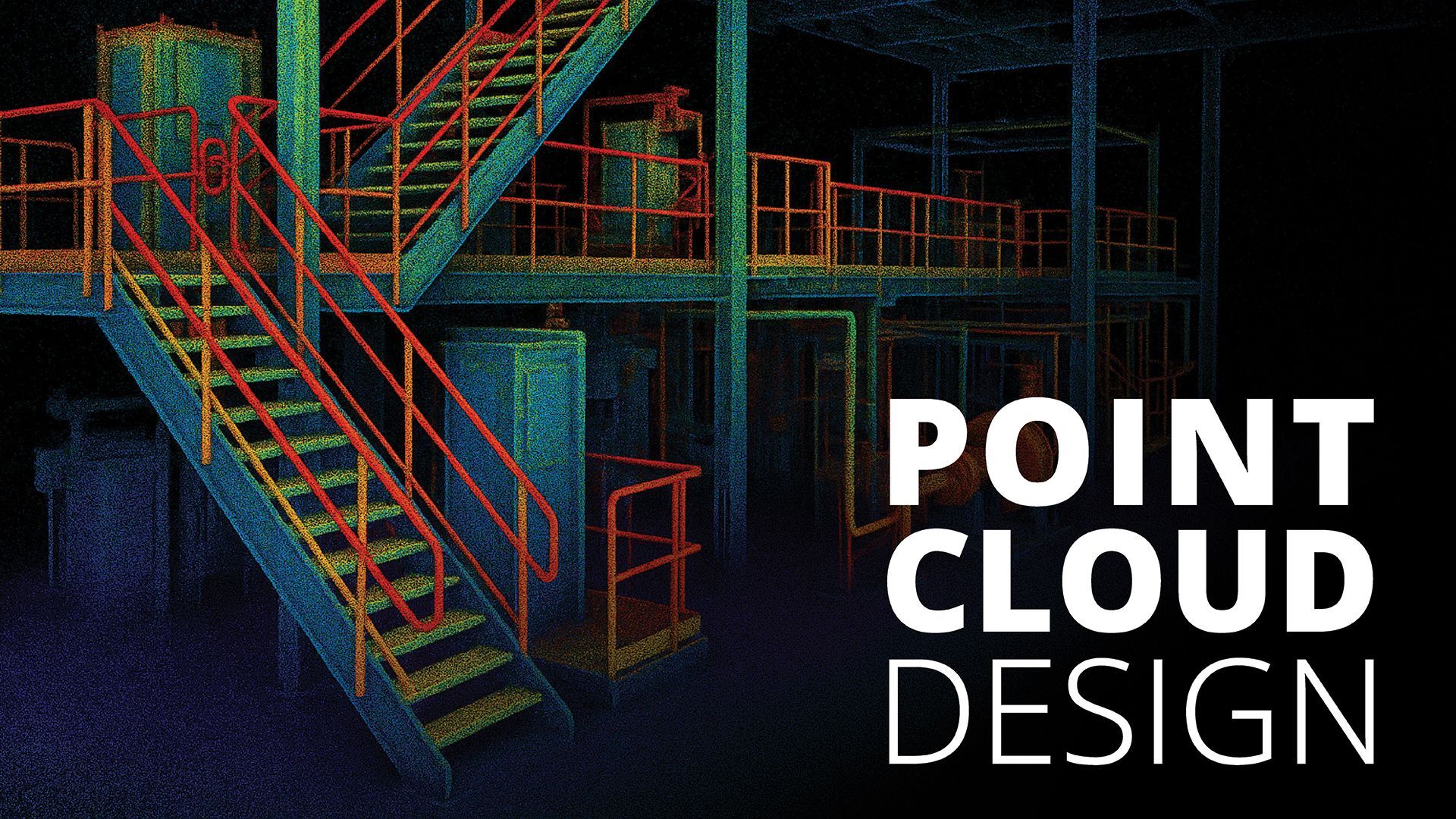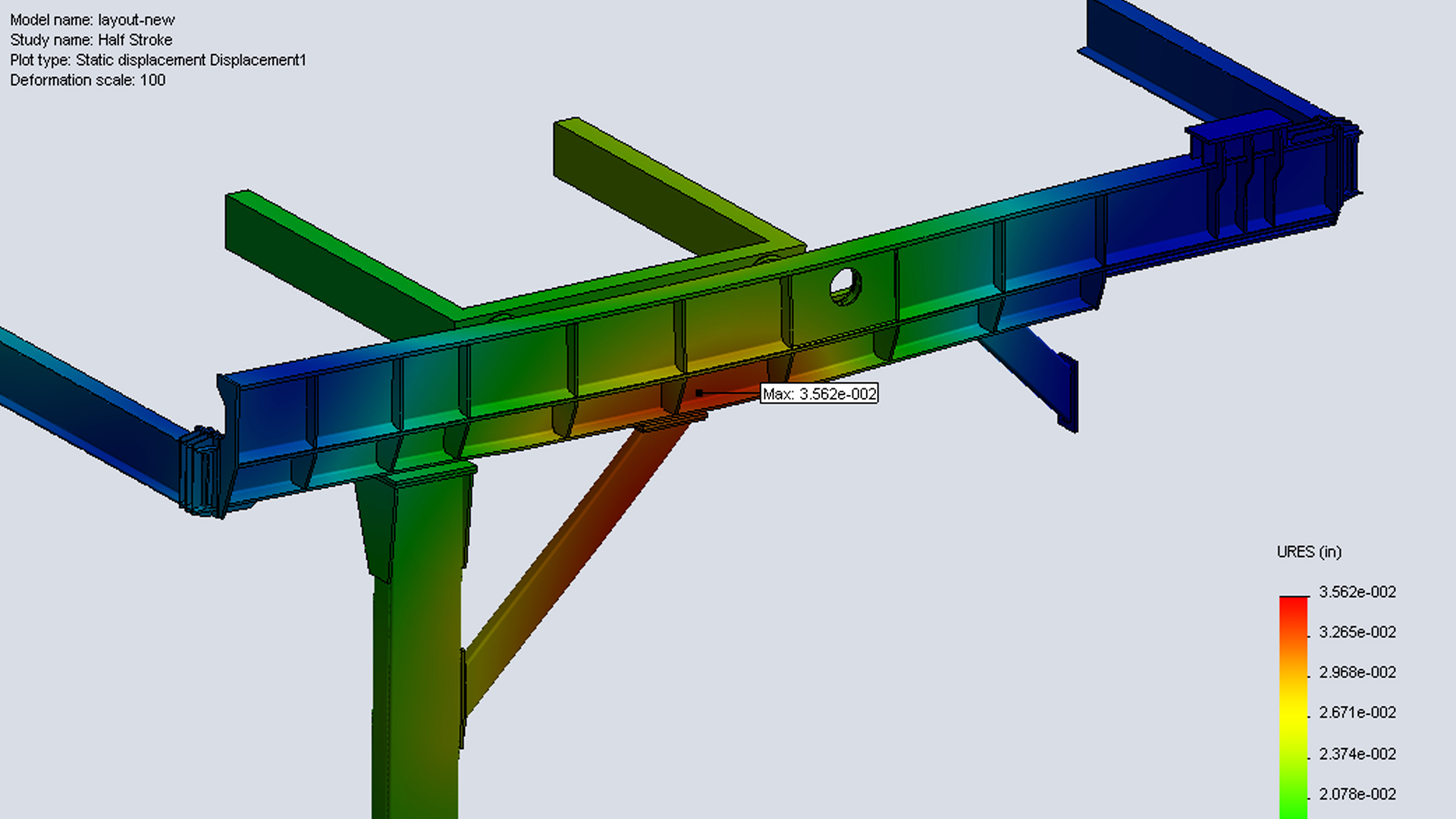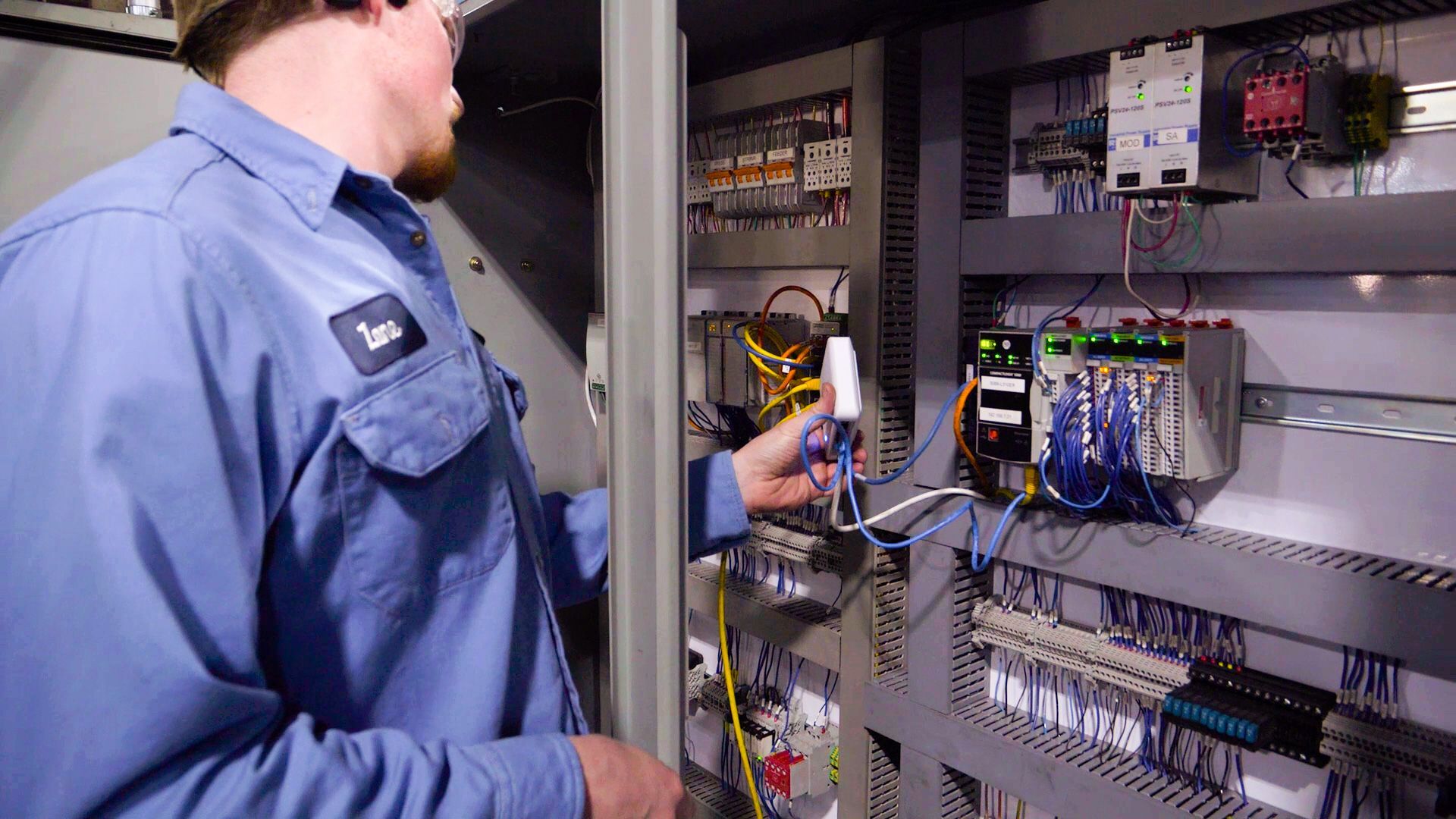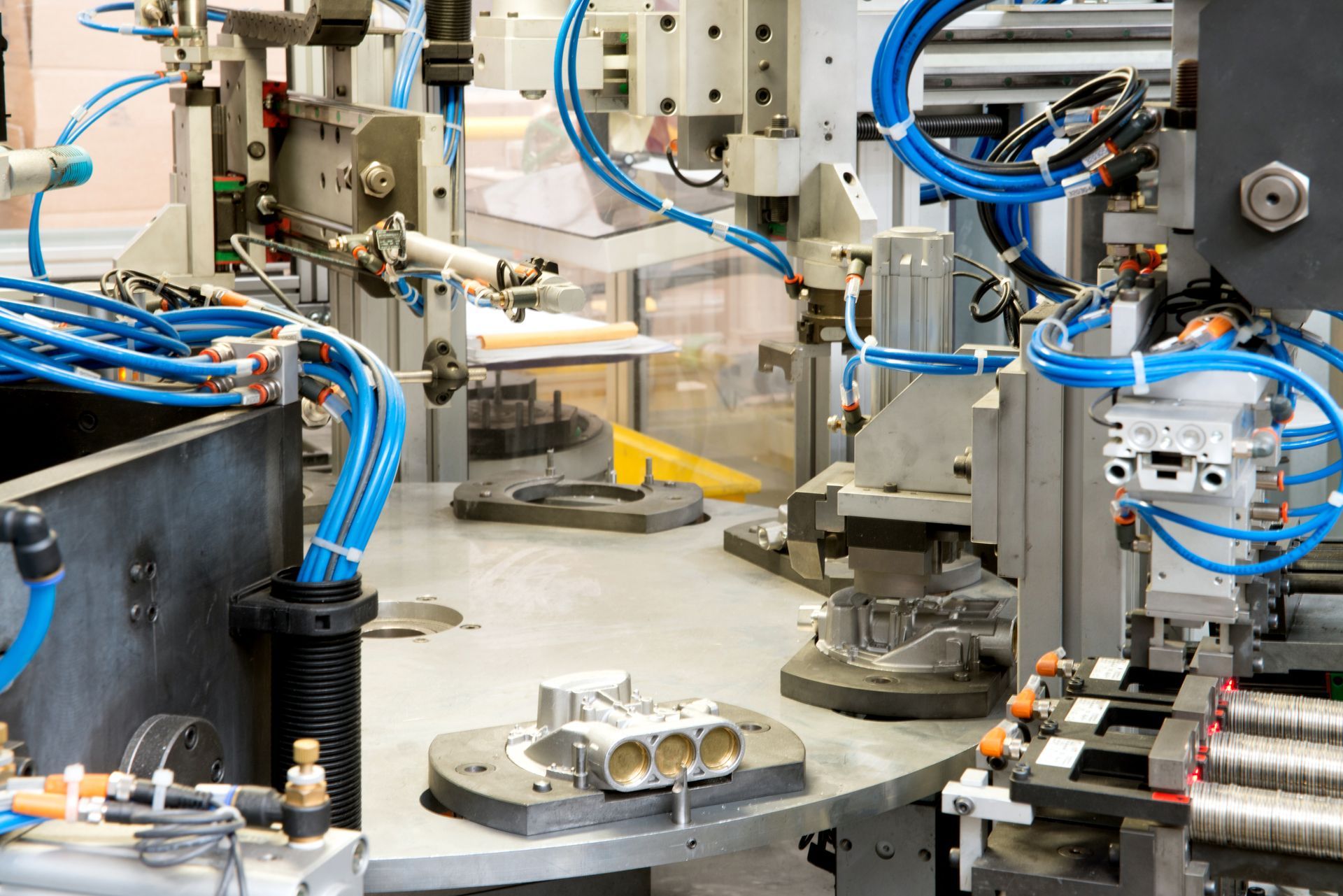The Industrial Internet of Things (IIoT)
What is IIoT?

IIoT is an acronym that stands for the Industrial Internet of Things. This is the use of the internet of things in industrial applications and sectors. It's a "Foundational technology... that uses connected smart sensors, actuators, and more to connect your people, products, and processes to power digital transformation.” This technology amplifies industrial processes and manufacturing. It has a strong focus on machine-to-machine communication, machine learning, and big data. It covers things like industrial applications, software-defined production, medical devices, and even robotics. It is a combination of information technology and operational technology. IIoT's transfer data without the need for human-to-computer or human-to-human interaction. The goal of IIoT is to create revenue growth, reduce costs, and improve effectiveness. This occurs by monitoring industrial data and acting on it in new ways.
Benefits of IIoT
Connected devices and machines will watch and analyze performance data. This will show you what's going well, and what's going bad, and even predict when something could go wrong. IIoT will allow you to be as efficient as possible. You can watch while you're away from the workplace and benchmark across sites. It will set you up for maximized work time and improve your operations.
There are many benefits of IIoT, including but not limited to:
- Maximized revenue- Gets rid of things like operational failures and unplanned downtime. Allows scaling to new markets, unlocking new business models, and improving throughput.
- Reducing time to market- Speedy application development to get to market faster. Allows for extending and wrapping legacy assets to repurpose and create new functionality.
- Lower operational costs- Low-cost productivity and efficiency boost. This occurs by unlocking data from connected systems and products. Removes bottlenecks.
- Improved quality- Improved reliability, service quality, and customer satisfaction. Allows you to scale and secure your operations.
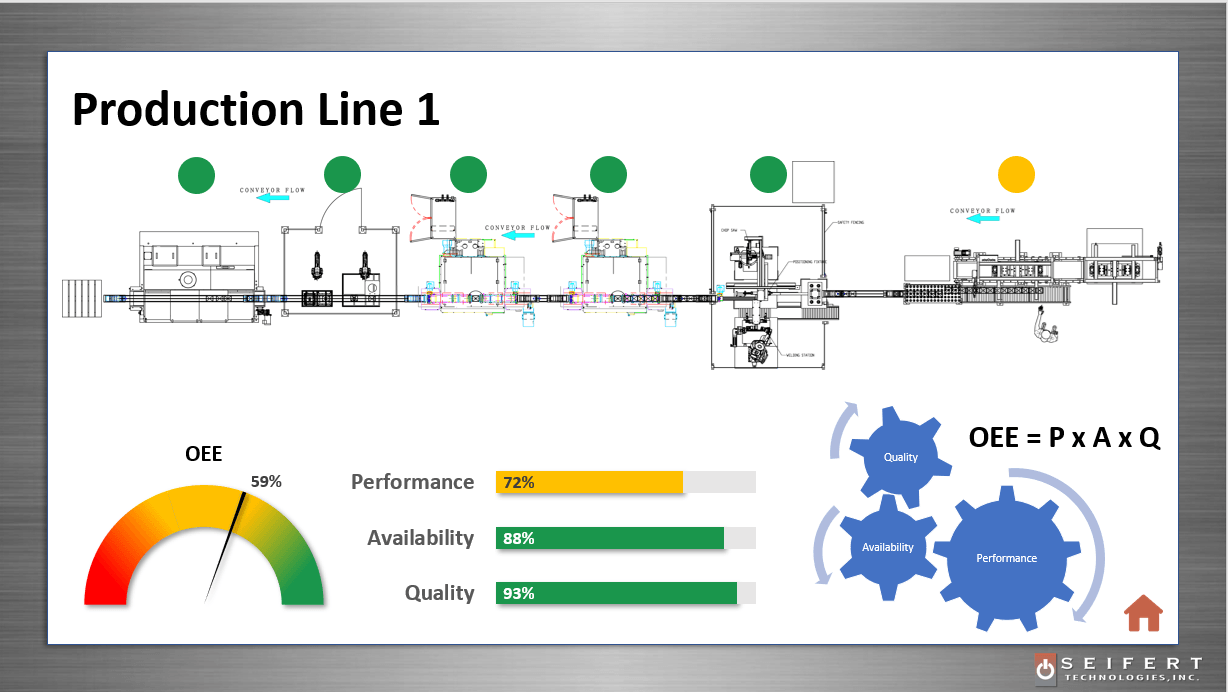
Challenges of IIoT
"Proliferation of smart devices has given rise to security vulnerabilities and the concern of security accountability.” Those who adopt IIoT are responsible for securing the setup and use of devices connected. Device manufacturers are responsible for protecting their customers as they release products. They're responsible for promising safety and providing solutions when there's a security breach. Security risks pose a huge challenge to IIoT. A security breach can expose your business or lead to an operational shutdown. Another challenge is initializing and merging industrial operations with IT. The use of old, unaltered legacy systems could also make technology integration difficult.
The security risks associated with IIoT stem from a lack of basic security measures. While cybercrime or hacking is a known risk for business, the blend of OT and IT can be more serious. It can lead to physical threats as well. "Security gaps like exposed ports, inadequate authentication practices, and obsolete applications contribute to the emergence of risks." Security risks can include:
- Exploited software vulnerabilities that attack systems
- Hacking, data breaches, and targeted attacks
- Internet-connected systems that are public and searchable
- OT systems held for extortion
- Device damage or physical injury due to system malfunctions
- Sabotaged processes or operational disruption from system manipulation
Pursuing IIoT
When do you pursue IIoT?
IIoT implementation is important and beneficial when your business is ready for it. It is crucial for your business to be ready for implementation. One thing to ask yourself is what are the potential uses for IIoT for your business? What about your level of engagement? Is your workforce ready and prepared? Do you have organizational support? Do you have the correct level of digital maturity to proceed? To make it simple, you can take the IIoT Readiness Assessment. This questionnaire will take you through 63 thorough prompts. The questions all relate to your business and scale your readiness. It will give you a concise answer on if you're ready to continue pursuing IIoT or not.
